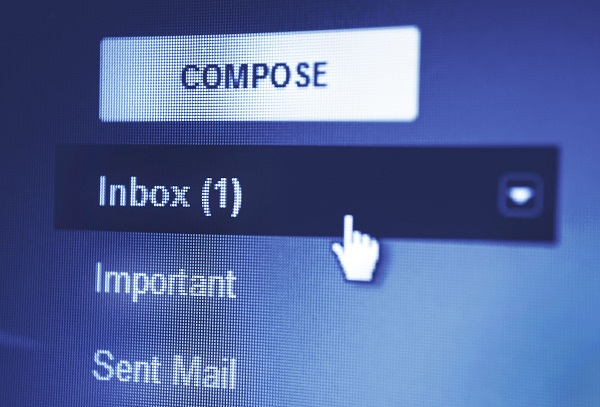
- Home
- Introduction
- History of Networking
- Terminologies
- Switching Techniques
- Transmission Media
- Network Devices
- Network Topologies
- Types of Networks
- Network Protocols
- Mobile Communication Protocols
- Mobile Communication Technologies
- Email Protocols
- VoIP
- Wireless Technologies
- Network Security
- Firewall
- Cookies
- Hacking
- Security Acts & Laws
- Web Services
Email Protocols
Email is one of the most popular uses of Internet world wide. As per a 2015 study, there are 2.6 billion email users worldwide who send some 205 billion email messages per day. With email accounting for so much traffic on the Internet, email protocols need to be very robust. Here we discuss some of the most popular email protocols used worldwide.
SMTP
SMTP stands for Simple Mail Transfer Protocol. It is connection oriented application layer protocol that is widely used to send and receive email messages. It was introduced in 1982 by RFC 821 and last updated in 2008 by RFC 5321. The updated version is most widely used email protocol.
Mail servers and mail transfer agents use SMTP to both send and receive messages. However, user level applications use it only for sending messages. For retrieving they use IMAP or POP3 because they provide mail box management
RFC or Request for Comments is a peer reviewed document jointly published by Internet Engineering Task Force and the Internet Society. It is written by researchers and computer scientists describing how the Internet should work and protocols and systems supporting them.

POP3
POP3 or Post Office Protocol Version 3 is an application layer protocol used by email clients to retrieve email messages from mail servers over TCP/IP network. POP was designed to move the messages from server to local disk but version 3 has the option of leaving a copy on the server
POP3 is a very simple protocol to implement but that limits its usage. For example, POP3 supports only one mail server for each mailbox. It has now has been made obsolete by modern protocols like IMAP.
IMAP
IMAP stands for Internet Message Access Protocol. IMAP was defined by RFC 3501 to enable email clients to retrieve email messages from mail servers over a TCP/IP connection. IMAP is designed to retrieve messages from multiple mail servers and consolidate them all in the users mailbox. A typical example is a corporate client handling multiple corporate accounts through a local mailbox located on her system.
All modern email clients and servers like Gmail, Outlook and Yahoo Mail support IMAP or POP3 protocol. These are some advantages that IMAP offers over POP3 −
- Faster response time than POP3
- Multiple mail clients connected to a single mailbox simultaneously
- Keep track of message state like read, deleted, starred, replied, etc.
- Search for messages on the server